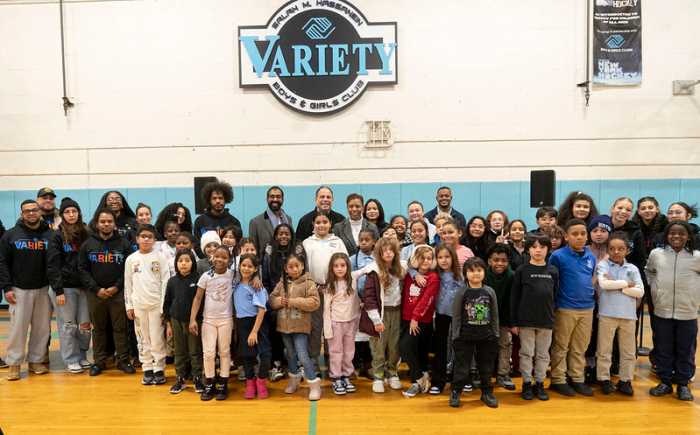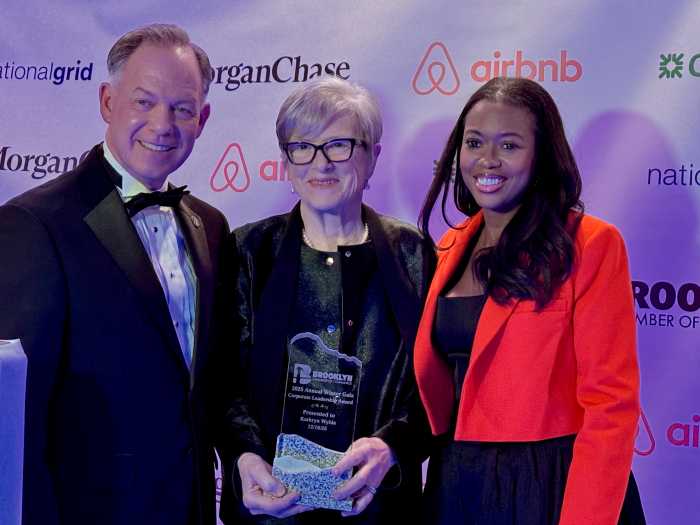
Often, someone is trying to get a free ride, seeing no watchful eyes and an open gate, and slipping through. But sometimes, it’s a student who used up his student MetroCard daily swipes. Or it’s a mother who used the last of her cash to buy lunch for her child.
Fare evasion on the subways is a real problem, one the MTA says cost $243 million in potential revenue in the 12 months ending in March.
But Gov. Andrew Cuomo, MTA chief executive Pat Foye, and Manhattan District Attorney Cy Vance are right to focus on deterrence, not prosecution, as the criminal justice system isn’t the place to solve the problem. Their plan to counter fare evasion and threats to public safety, including assaults on transit officers, makes sense. It will add 500 NYPD, MTA, and bridge and tunnel officers, increase video monitoring, and seek ways to improve the subway gates and turnstiles. But the plan will work best if the police and MTA officers are trained to focus on prevention, rather than criminalization.
Vance’s promised $40 million from asset forfeiture funds will be particularly important for the MTA to add technology and personnel, and to repair or improve subway fare entrances.
To stop fare evasion, state and city officials also have to understand the motivations behind it. That means developing fuller data on who jumps turnstiles, or slips through the gates, and why. It means looking deeper at student MetroCards, and whether they should be permitted more than the three swipes a day currently allowed. It means focusing on larger, more intractable issues, such as providing more permanent and supportive housing for homeless individuals who rely on the trains and stations for shelter.
Reducing fare evasion also means expanded outreach for the Fair Fares program that provides half-price MetroCards to New Yorkers whose incomes put them below the federal poverty level. Mayor Bill de Blasio recently announced that 50,000 New Yorkers had signed up for Fair Fares. Advocates have estimated that more than 700,000 New Yorkers are eligible, and about half might sign up.
Clearly, there’s more to be done.






































